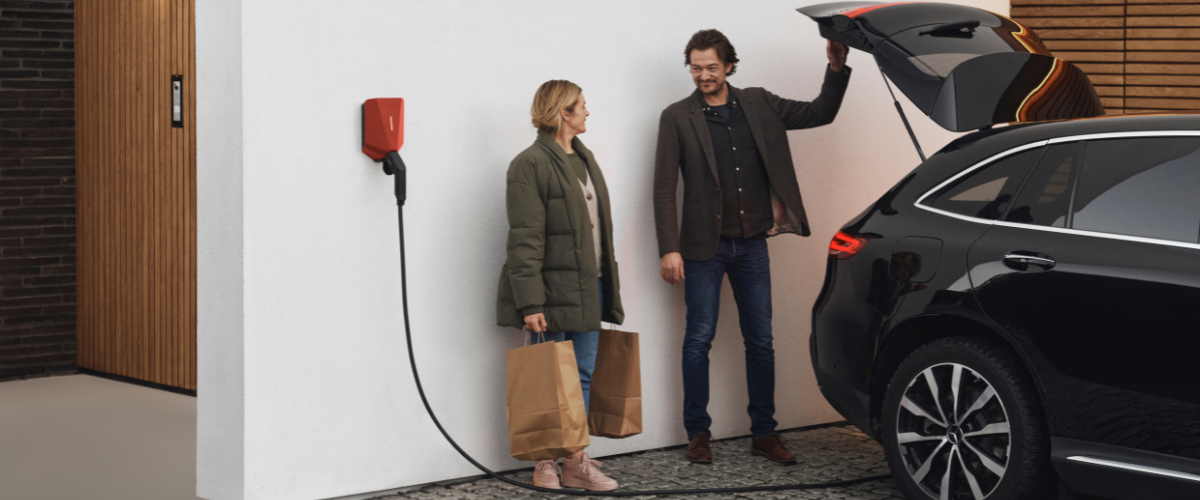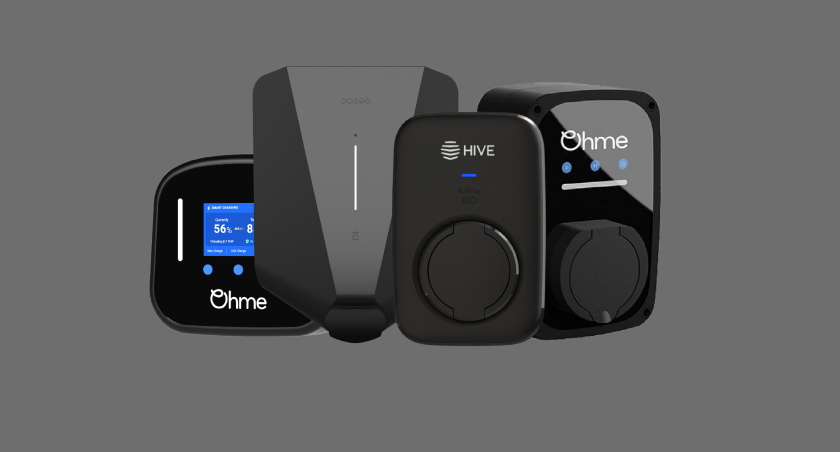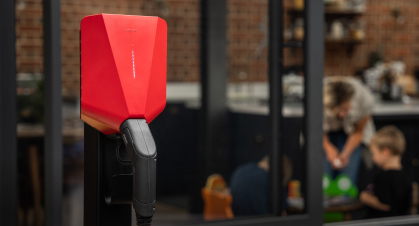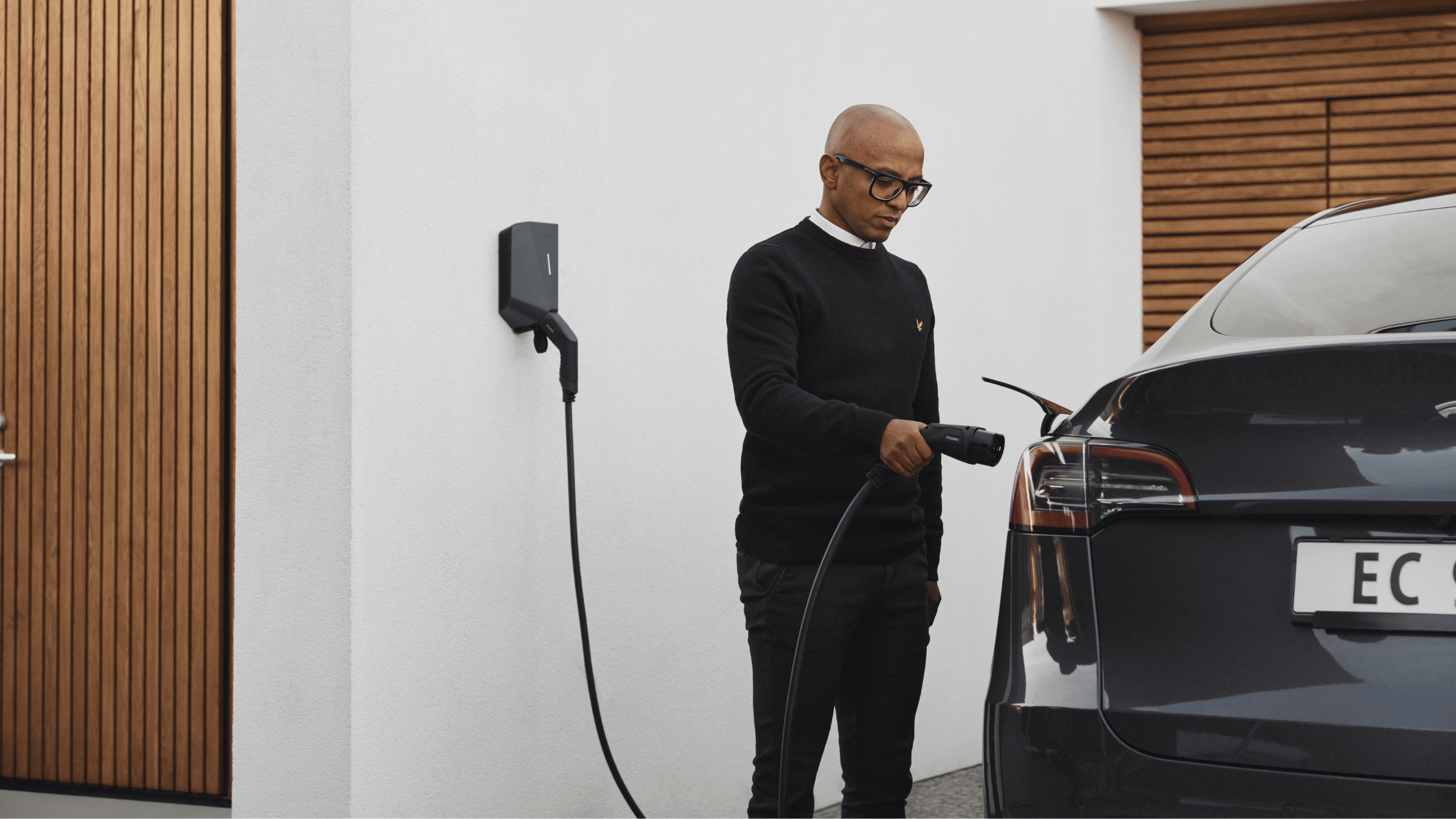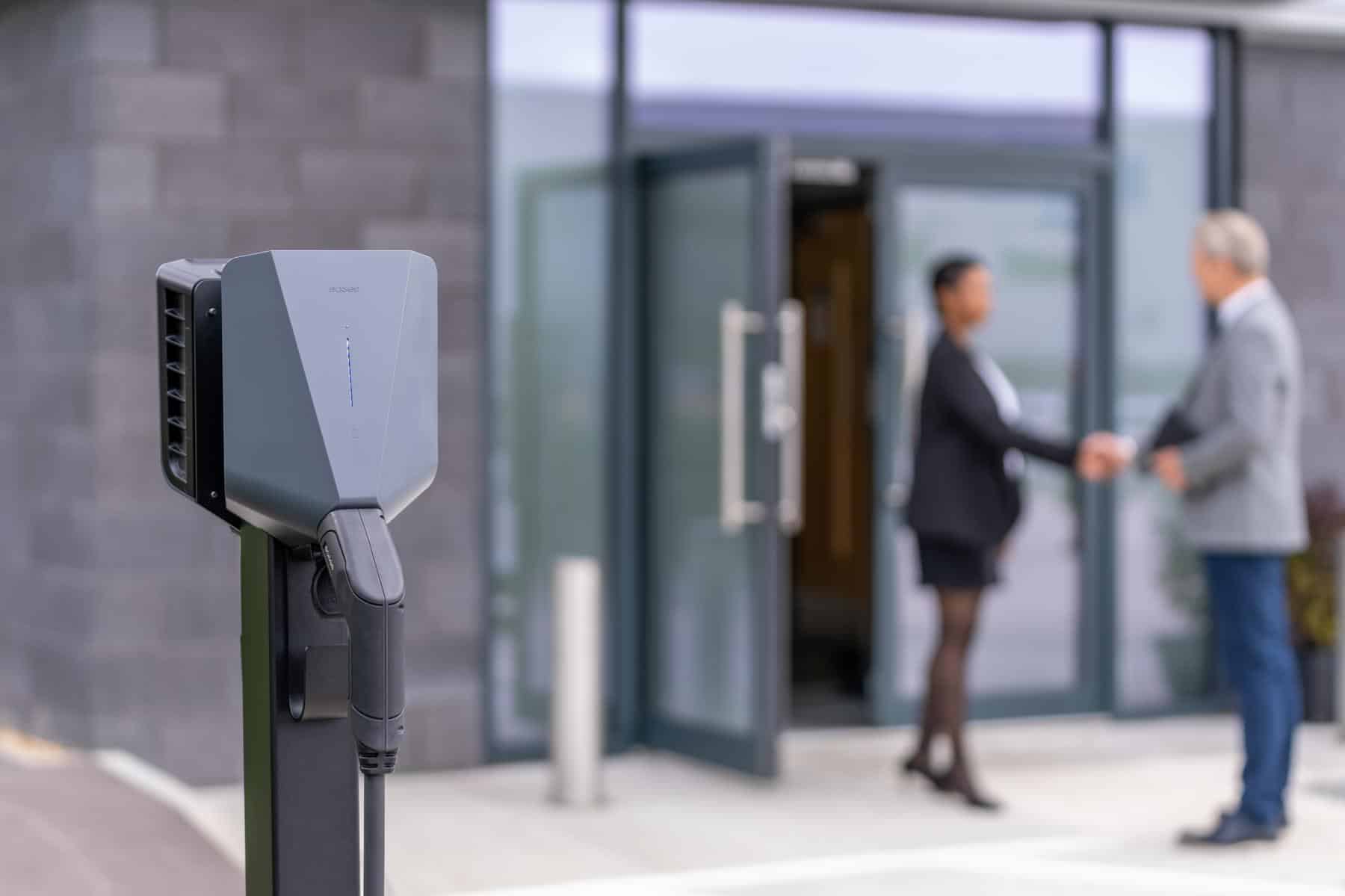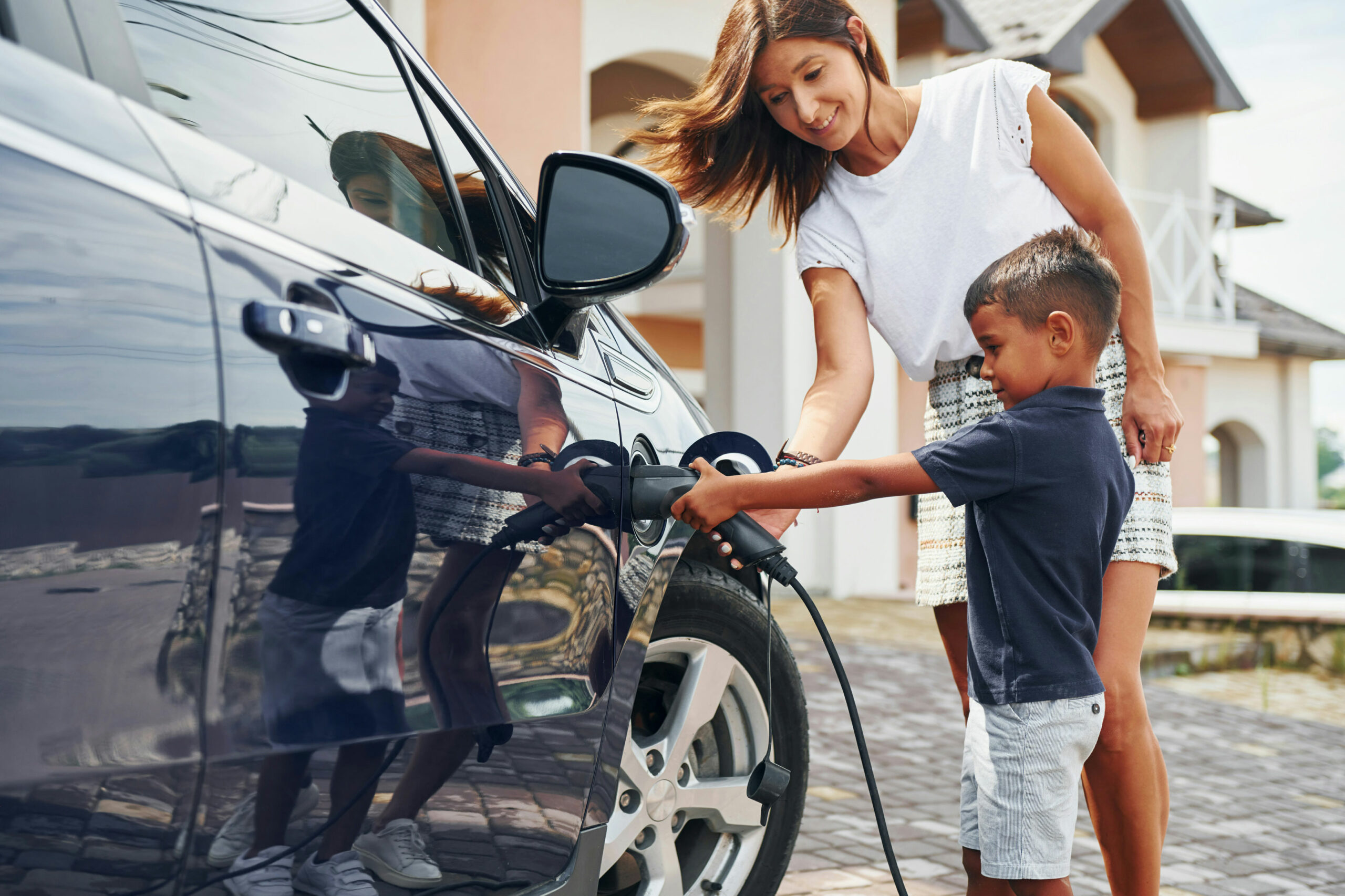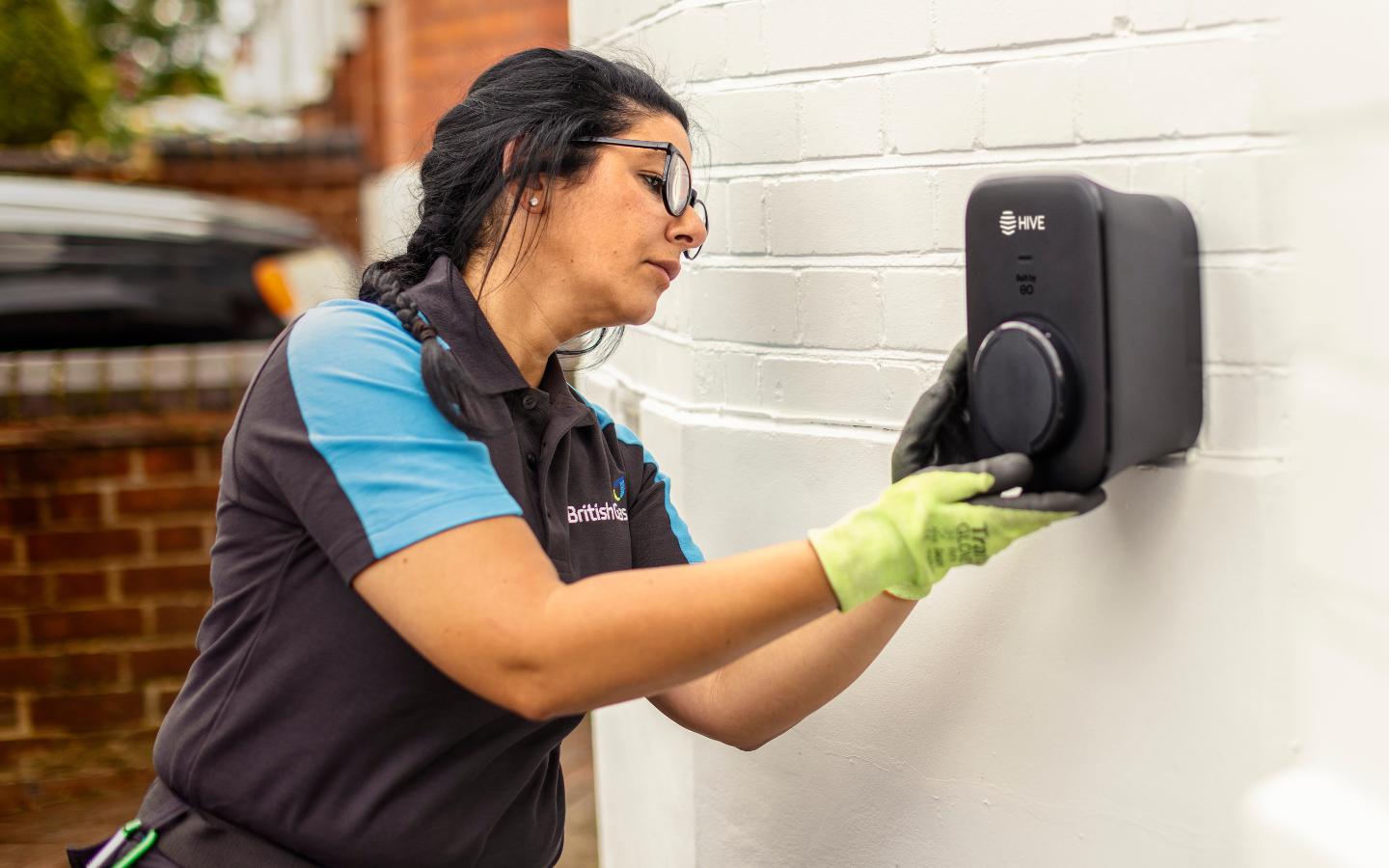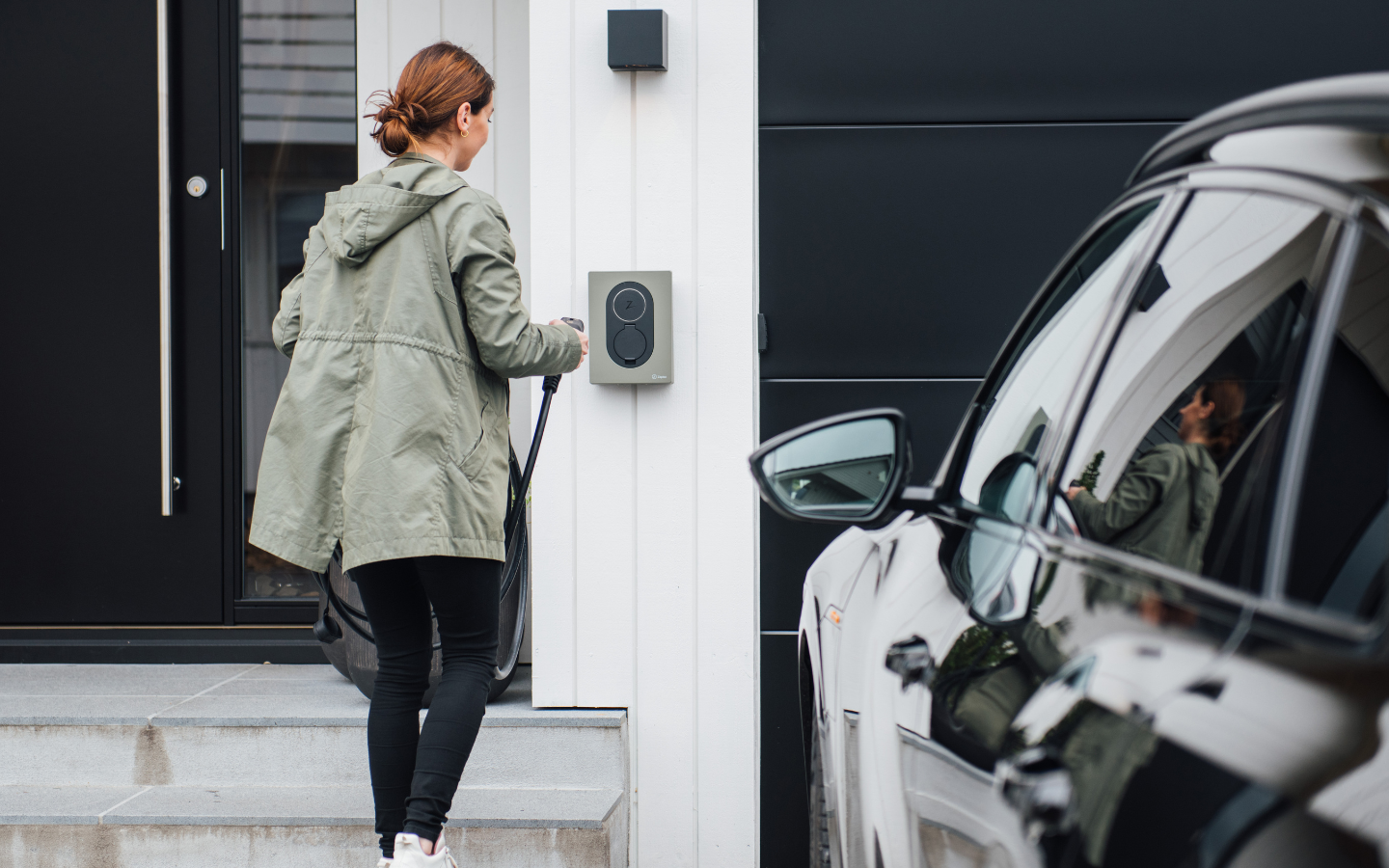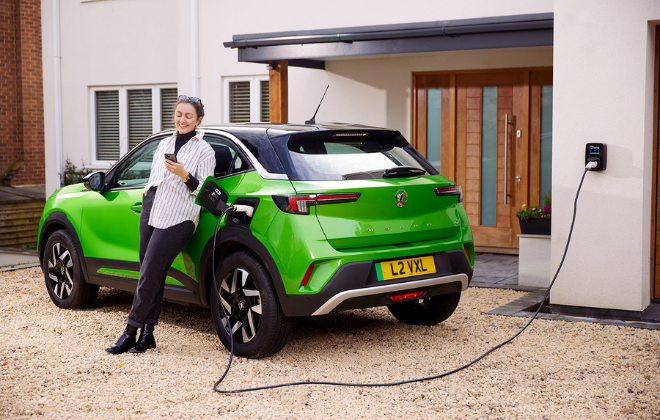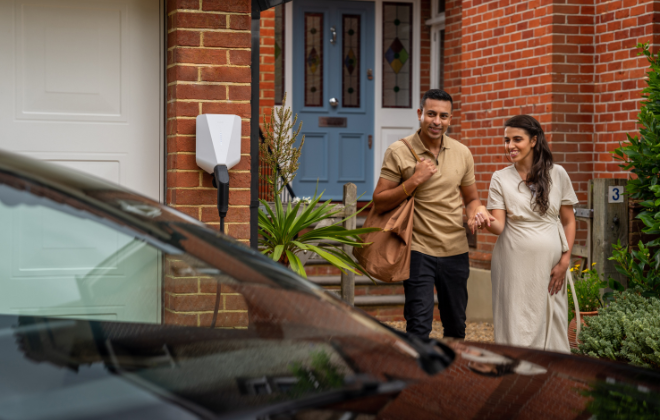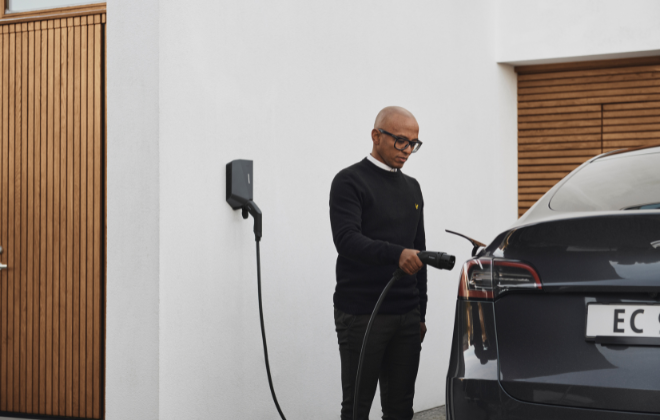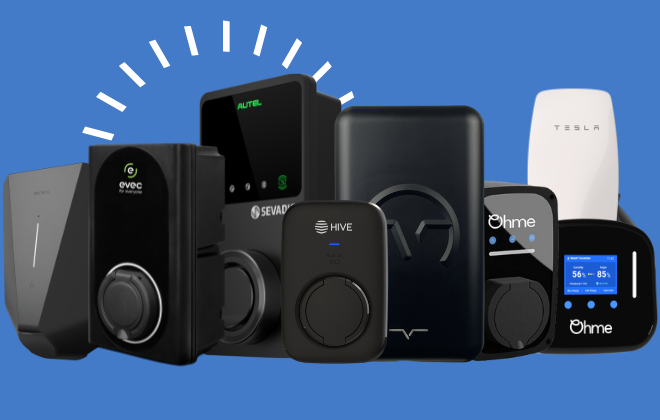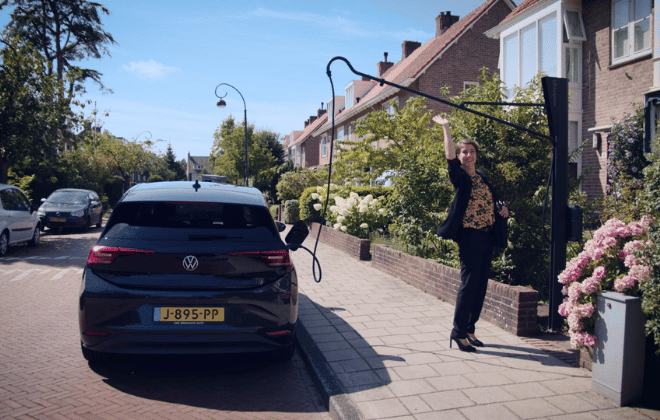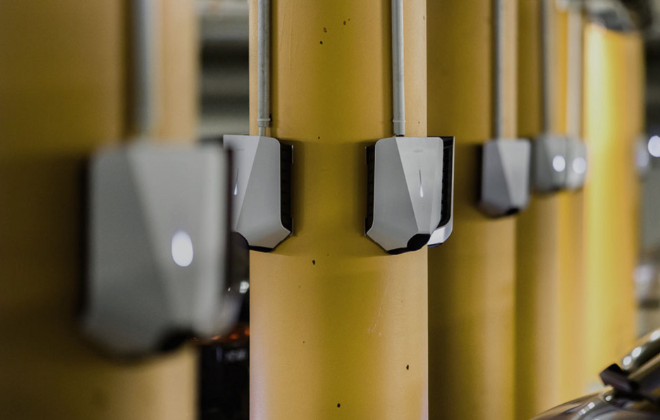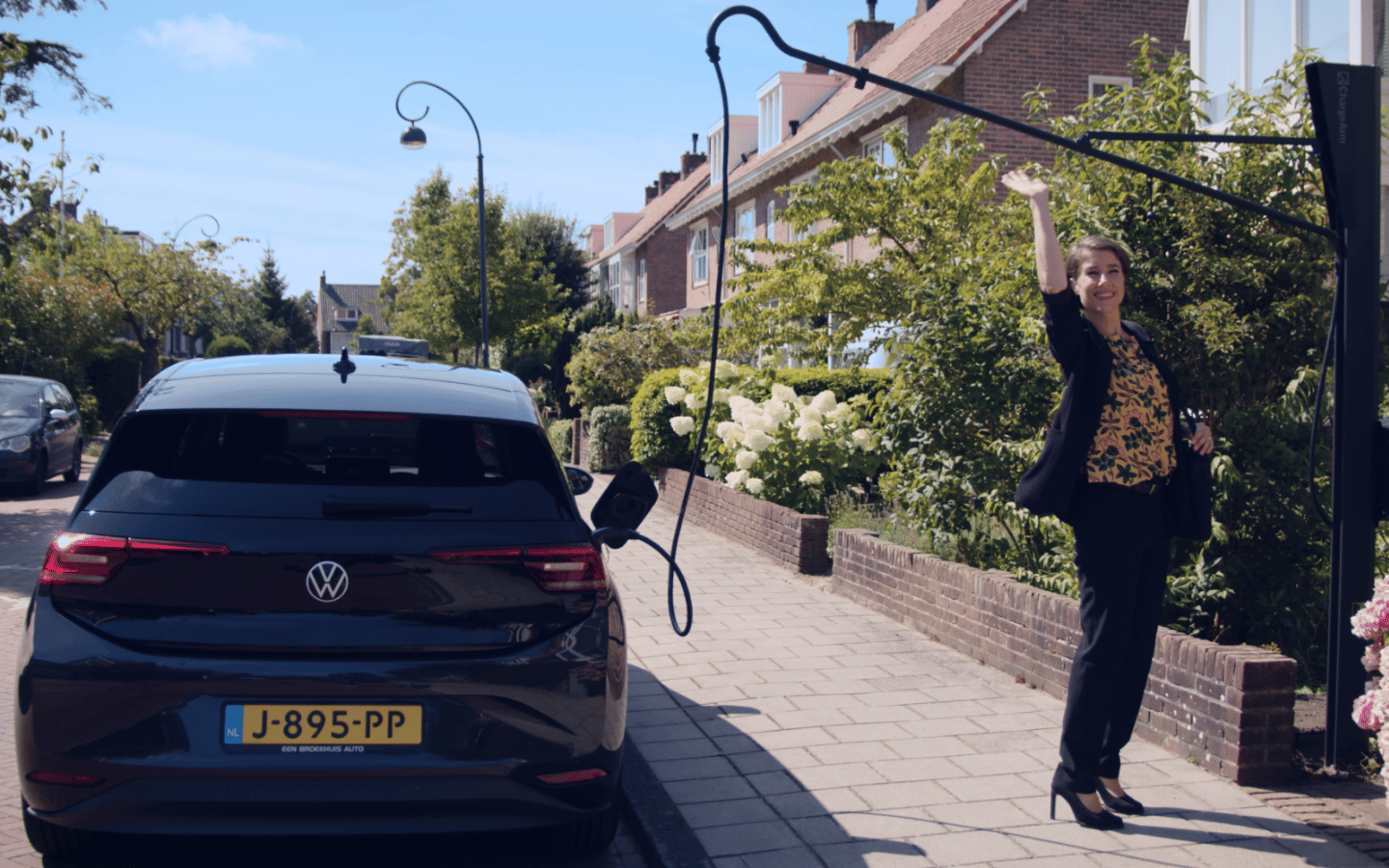

How to charge your electric vehicle without off-street parking
How can I charge my electric car without a driveway?
No off-street parking? No problem. Here are five ways to charge your electric vehicle without off-street parking.
1. Invest in a ChargeArm
One of the biggest barriers to EV charging is how homeowners without the luxury of off-street parking are unable to get a dedicated home charger installed on their property – but this is no longer the case with the ChargeArm.
The ChargeArm is an all-new alternative for charging your electric vehicle “over the pavement”, allowing EV drivers to charge overhead instead of obstructing the pavement with wires and cables. Installed at the front of your property, your ChargeArm can be wall-mounted or ground-mounted.
Safety is also paramount with the ChargeArm. Given that the arm extends and is suspended from a distinct height whilst charging, you can easily charge your EV without bothering pedestrians or posing a safety hazard. Simply unplug your charging connector from the unit, tug the arm down and plug your connector into your EV.
So, say goodbye to untidy three-pin plug charging and long waits at public charging points with the ChargeArm. A unit that promises safe, tidy, and clean charging. As an official ChargeArm distributor in the UK, we are authorised to install the ChargeArm nationwide – contact us today at 03333 44 96 99.
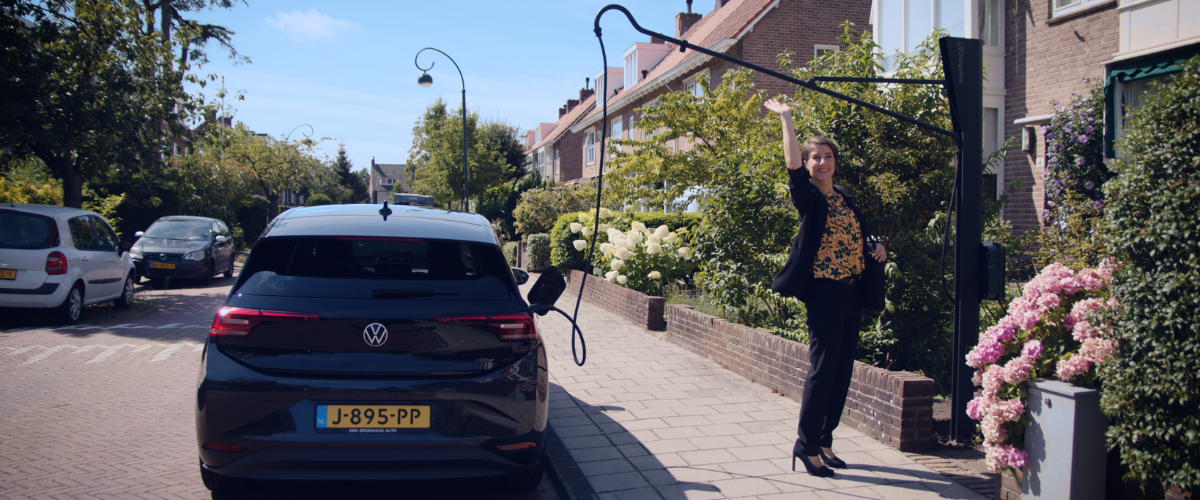
2. Public EV chargers
Another way to charge your electric car without a driveway or off-street parking is with public electric vehicle charging points. To find your nearest public EV charger, use Zap-Map, or another EV charging map app to display where the EV chargers are in your area.
If you are tactical about your charging, you could filter your search to find public charging points that allow you to charge for free.
Of course, while the availability of public electric car chargers is improving, it is the least convenient EV charging method, with you having to travel out of your way to charge. On top of this, you may have to wait around until your EV is sufficiently charged, which is a pain, especially if you don’t have a real need to leave the house.
Therefore, a top tip is to always time your public charging for when you need to leave the house, such as if you need to go shopping or to the cinema, as you can charge whilst you are out and about instead of having to kill time.
However, the bright side of public EV charging is that the network is growing every day. With over 70,434 chargers in the UK alone, there will always be a charger nearby if you need one.
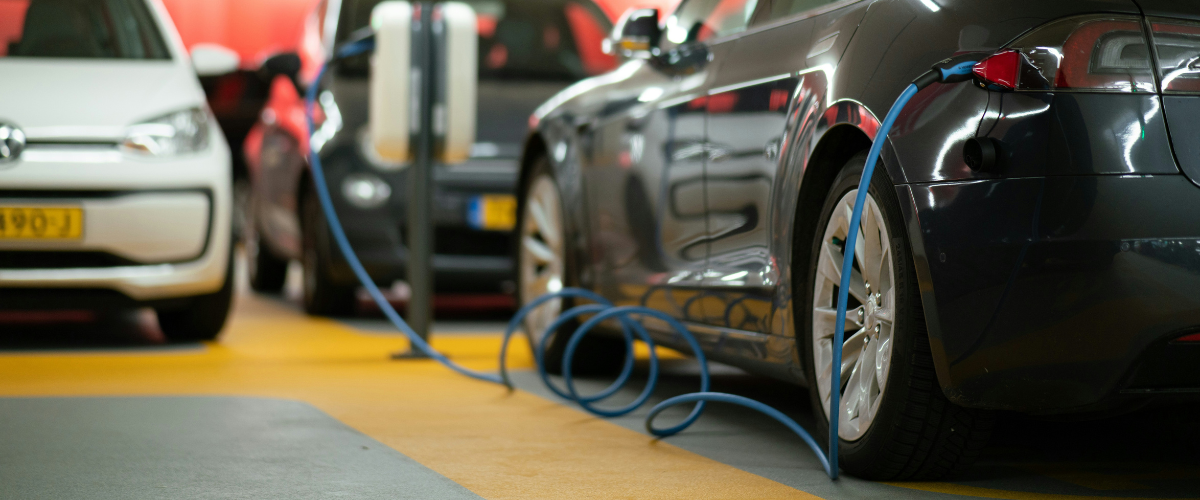
3. Charging your EV at work
Charging your electric vehicle at work is a great way to save on both charging costs and time. If your employer offers free or subsidised EV charging, you can charge whilst parked at work, meaning you are significantly reducing commuting costs (especially compared to an internal combustion engine vehicle, given the rising cost of fuel).
Not only that, but you don’t have to worry about when and where you’re going to charge; simply plug in after your morning commute and charge during your 9-5.
Workplace electric vehicle chargers don’t just benefit the employees but can actually bring an abundance of perks to the employer, such as increased employee satisfaction, retention and improved green credentials.
Find the best commercial chargers.
What should I do if my workplace doesn’t have electric vehicle charging points?
Tell them about the Workplace Charging Scheme grant. Up to £14,000 worth of government funding is available in 2024. On top of this, there’s also £15,000 available with the EV infrastructure grant.
We install both home and commercial electric vehicle chargers, so if you would like a tailored EV charging solution, first-class customer service and unbiased advice, we are here, and we will help you every step of the way.
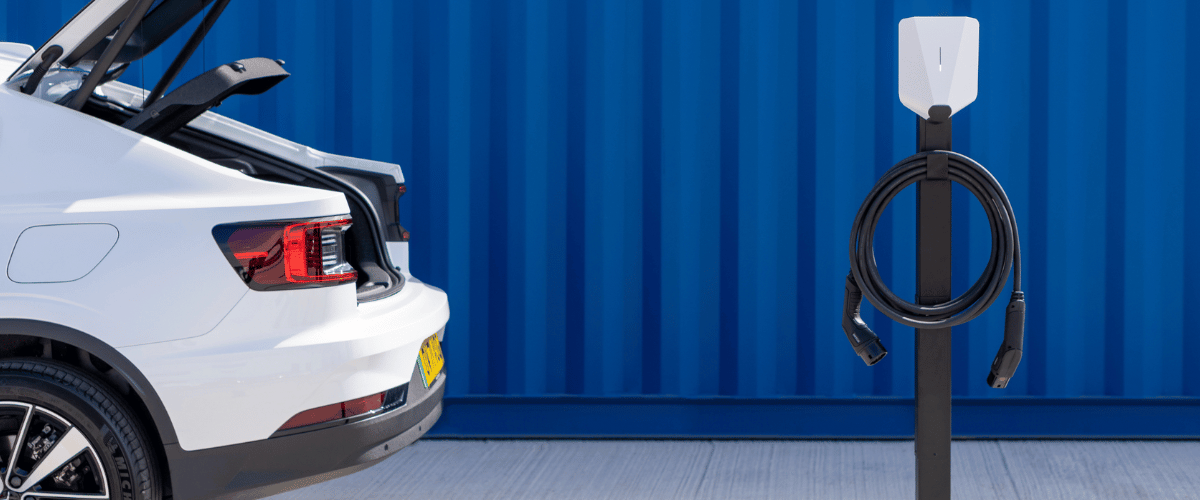
4. Three-pin plug charging
To charge your electric vehicle with a 3-pin plug, you will need three things: a standard 3-pin domestic socket in your house, a 3-pin plug car charger that will fit with your EV (either Type 1 or Type 2) and lastly, an electric vehicle. To charge, you simply plug one side into your electric car and the other into a 3-pin plug socket.
Of course, three-pin plug charging is far more convenient than public charging in the sense that you don’t have to leave your home. However, three-pin plug charging has some significant disadvantages.
Firstly, you will need to thread wires in, out and around your home, which is not only messy and tricky but can be dangerous as cables and wires will be on public pavements. With this in mind, you need to check your local council’s policy on three-pin plug charging and on-street parking as some are against it, deeming it to be a safety hazard to others as the wires & cables obstruct the pavement – a hazard to pedestrians, especially children and people with disabilities. When conjoined with other variables such as parked cars and bins too, it can be extremely risky.
Further to the mess and potential hazards, three-pin plug charging is the slowest way to charge your EV (18 hours for a full charge), and when used for prolonged periods of time, can also be dangerous.
As such, three-pin plug chargers are only recommended in emergencies when otherwise EV charging would be impossible, or you need to charge quickly.
5. Friends, Family or Neighbours
If your friends, family members, or neighbours have home chargers, they might be kind enough to let you use them. However, we only recommend this when visiting or as a last resort – you don’t want any fallouts over electricity bills.
That being said, you’d need to check that their electric vehicle charger was compatible with your electric car. For example, what connector type is the EV charger – Type 1 or Type 2 – and what type is your electric car? If your EV charger is Type 1 and your neighbour’s is Type 2, unfortunately, you wouldn’t be able to charge.
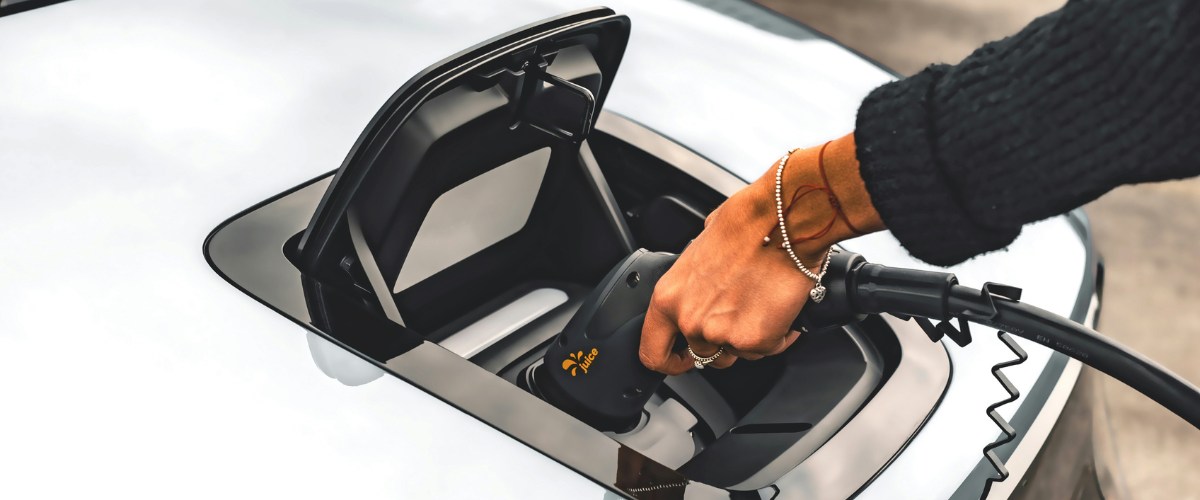
Are you looking to get a ChargeArm installed? We Power Your Car can sort it for you.
Interested in learning more about the ChargeArm? Call us on 03333 44 96 99 or get in contact. With fully trained and vetted engineers across the UK, we can install home EV chargers and the ChargeArm nationwide – all with first-class customer service.
For more information and our latest updates, follow us on Facebook, Instagram, Twitter, LinkedIn and YouTube.
related articles_
Stay up to date on the latest from We power your car_
I consent to receive newsletters from We Power Your Car. Please see our Privacy Policy
